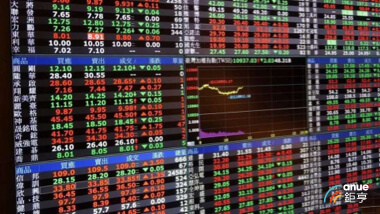 |
| Gold V.1.3.1 signal Telegram Channel (English) |

Trump’s New Tariffs 2025: How They Impact Your Wallet
2025-04-03 @ 20:32
President Trump Announces Broad Tariffs to Tackle Trade Deficits and Boost U.S. Economy
In a bold shift in global trade policy, President Donald J. Trump has invoked the International Emergency Economic Powers Act (IEEPA) of 1977 to introduce sweeping new tariffs on all imports starting April 5, 2025. The Administration cites persistent trade deficits and national security concerns as driving forces behind this historic move.
New U.S. Tariff Structure: What to Expect
Starting at 12:01 a.m. EDT on April 5, 2025, a general **10% tariff** will be levied on imports from all countries. But the policy doesn’t stop there. On April 9, 2025, the U.S. will go a step further, imposing **additional reciprocal tariffs** tailored to nations that have significant trade surpluses with the United States.
This tiered strategy is aimed at:
- Encouraging reciprocity in trade practices
- Combating currency manipulation
- Neutralizing the impact of discriminatory VAT/rebate systems
Who’s Exempt? A Breakdown of Special Considerations
While the tariffs are broad, not everything gets caught in the net. Several critical goods and sectors are spared, including:
- Steel and aluminum already under Section 232 tariffs
- Autos and auto parts
- Copper, semiconductors, pharmaceuticals, and key minerals
- Energy products not available domestically
North American trade gets special treatment under existing IEEPA orders. Goods from **Canada and Mexico**:
- USMCA-compliant goods: 0% tariffs remain
- Non-compliant goods: 25% tariff
- Non-compliant energy and potash: 10% tariff
Global Market Reaction and Escalation Risks
Unsurprisingly, the announcement sent shockwaves through global markets. Major economies including **China and the European Union** have signaled their intentions to retaliate, raising concerns of a full-blown trade war.
In financial markets:
- The Dow Jones and S&P 500 have seen marked volatility
- Investors are bracing for disruptions in global commerce
- Concerns about inflation and supply chain instability are trending
This period of uncertainty could continue for weeks as global leaders reassess their trade policies in response.
Will These Tariffs Work? Economic Studies Say They Might
According to data presented by the White House:
- A 2024 economic study highlights strong gains in domestic reshoring
- A 2023 U.S. International Trade Commission (USITC) report shows reduced Chinese imports
- Consumer prices remained relatively stable during earlier tariff periods
Supporters argue that this move could catalyze a revival in U.S. manufacturing and reduce dependence on foreign goods.
Critics Warn of Price Hikes and Trade Disruptions
However, not everyone is cheering. Economists and industry groups warn that broad tariffs:
- May raise consumer prices on essential goods
- Could splinter global supply chains
- Might provoke long-term inflationary pressures
Though former Treasury Secretary Janet Yellen argued previously that the inflationary impact of tariffs is minimal, many are urging caution until further data is available.
Presidential Authority Gives Room for Flexibility
Under IEEPA, the President holds modification authority, which means:
- Tariffs can be increased if trading partners retaliate
- Tariffs



![[Daily Closing 🔔] Gold – Gold Prices Slip on Monday Amid Improved US-China Trade Sentiment – Market Analysis for May 13, 2025](https://int.1uptick.com/wp-content/uploads/2025/05/2025-05-20T224010.678Z-file-1024x576.png)
![[Daily Closing 🔔] Gold – Gold Prices Slide as Investors Cash Out After U.S.-China Tariff Deal](https://int.1uptick.com/wp-content/uploads/2025/05/2025-05-13T004619.999Z-file-1024x683.jpeg)
![[Daily Closing 🔔] Gold – Gold Price Outlook and Technical Analysis: Key Reasons Behind the Recent Decline and Support Levels](https://int.1uptick.com/wp-content/uploads/2025/05/2025-05-09T043547.401Z-file-1024x576.png)


